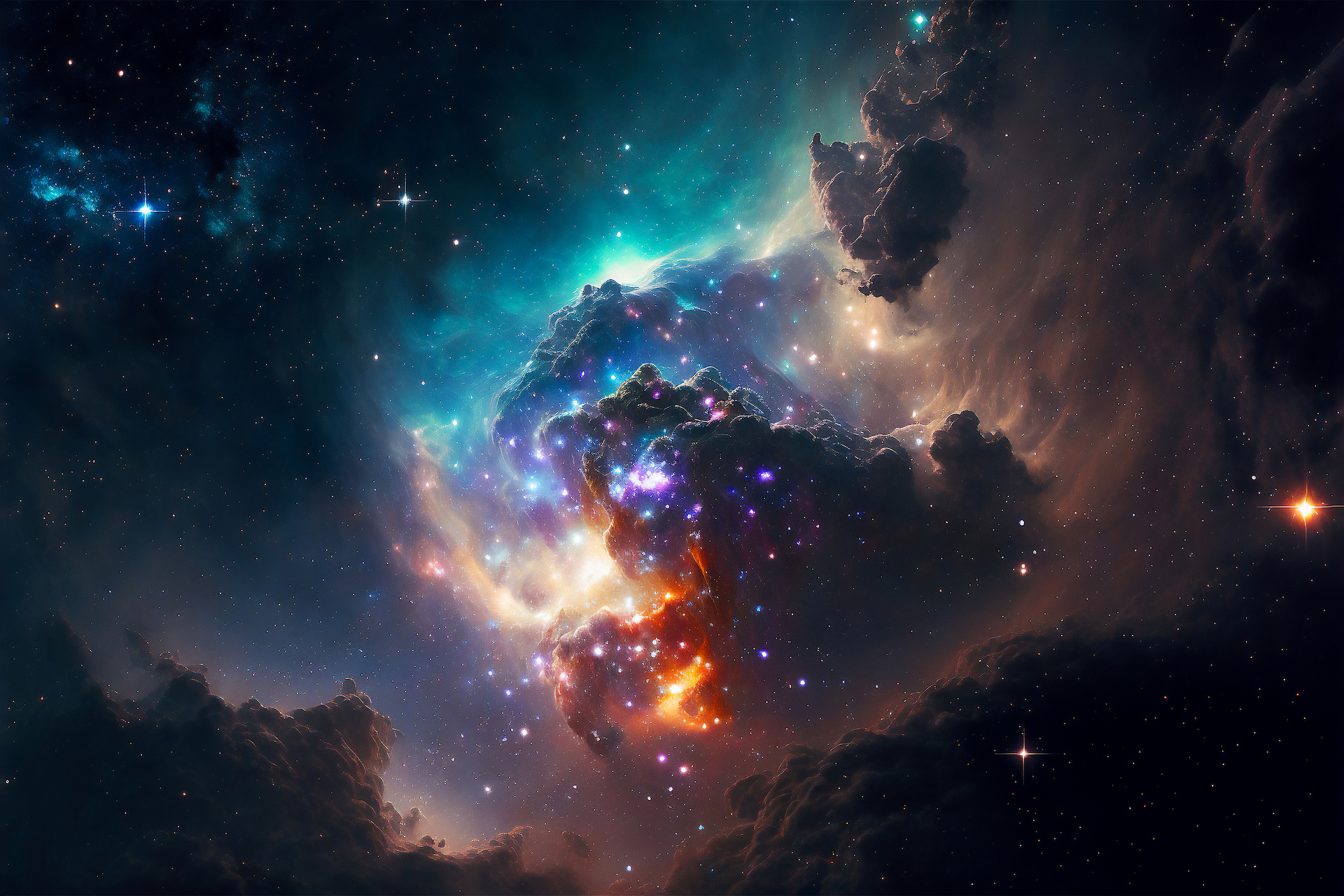Recently, the IceCube neutrino observatory, located beneath the Amundsen-Scott station in Antarctica, achieved the remarkable feat of capturing an image of the Milky Way. What sets this accomplishment apart is that it was achieved not through the use of visible light, but by utilizing neutrinos originating from the core of our galaxy. Why is this discovery significant, how does artificial intelligence play a role, and what exactly are neutrinos? Today, we will delve into these questions.
Neutrinos are elementary subatomic particles classified within the lepton group. They possess distinctive attributes, such as their lack of electric charge, hence their name, and their extraordinarily minuscule mass. “What makes them fascinating is their abundance throughout the universe, stemming from processes like decay, where highly energetic radiation, such as cosmic rays, interact with atoms or heavier particles. As a result of these interactions, neutrinos permeate the cosmos,” explains astrophysicist and science communicator Carla Arce Tord. “Despite their abundance, detecting neutrinos is an intricate task due to their limited propensity to interact with atoms.
While neutrinos are plentiful in the cosmos, their detection remains challenging due to their low probability of interacting with atoms. Nonetheless, owing to their abundance and their involvement in various astrophysical phenomena, such as explosions and supernovae, scientists posit that neutrinos were generated as a byproduct of the Big Bang. “There are even hypotheses suggesting that neutrinos could provide an explanation for dark matter. Enhancing our understanding of neutrinos would enable us to unravel additional phenomena and processes within the universe,” adds Arce.
The detection of neutrinos has played a pivotal role in validating the standard model of physics, which elucidates the interactions between particles. For physicist and science communicator Lucía Coll, the achievements of the IceCube observatory surpass a mere discovery; they represent a triumph. “This wealth of information has been amassed over the past decade, constituting a comprehensive dataset. It is a triumph because it allows us to perceive our galaxy from a fresh perspective. The fact that this accomplishment was attained through particles other than photons (light) will furnish us with invaluable insights,” she asserts. Once again, given their abundance but elusive nature (largely due to interference-related challenges), the utilization of machine learning (a branch of artificial intelligence) facilitated data cleansing, expedited processes, and aided in the extraction of pertinent information to attain these remarkable results. In the vast expanse of space, numerous discoveries await, and technology will accelerate our exploration at an ever-increasing pace.


